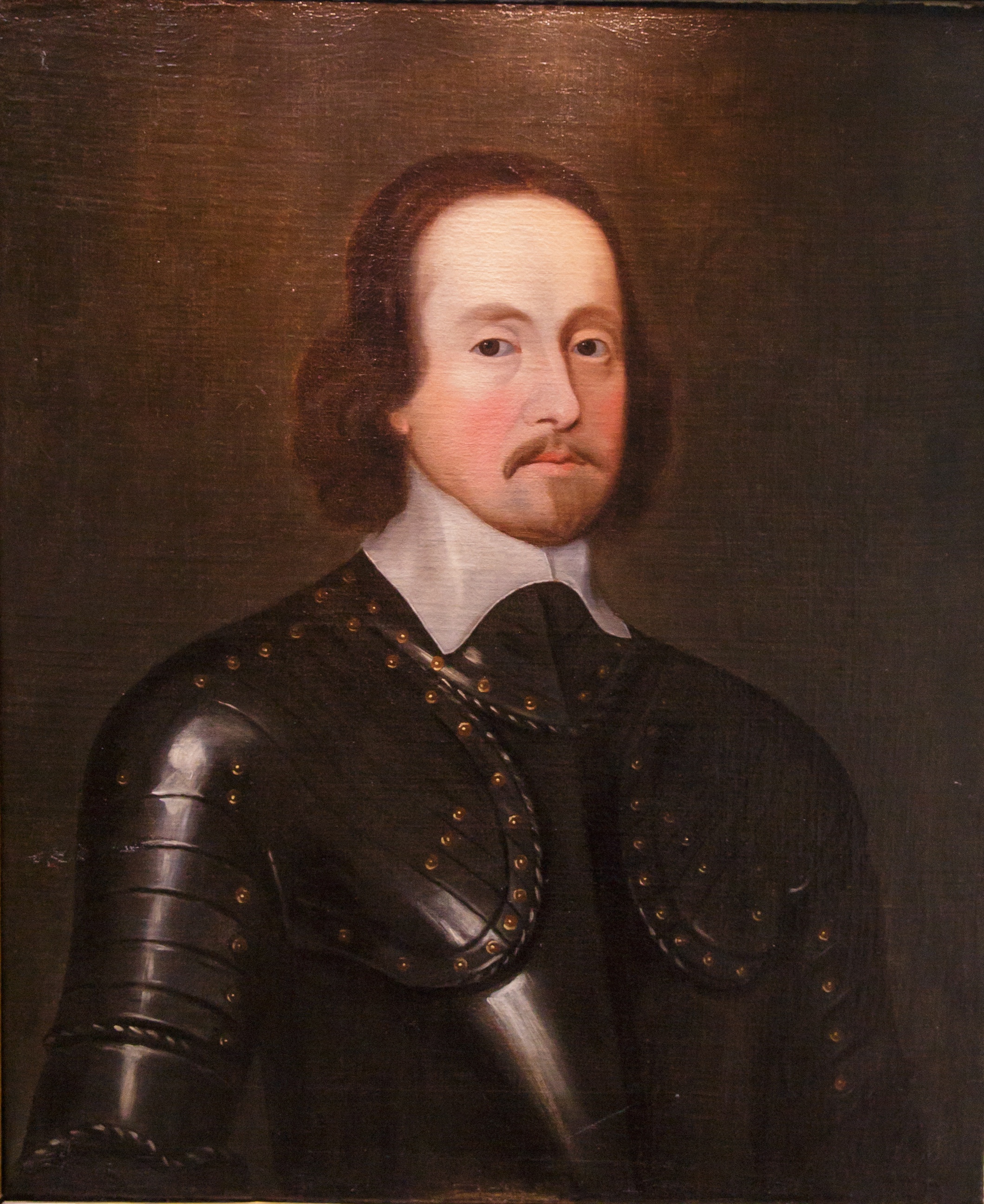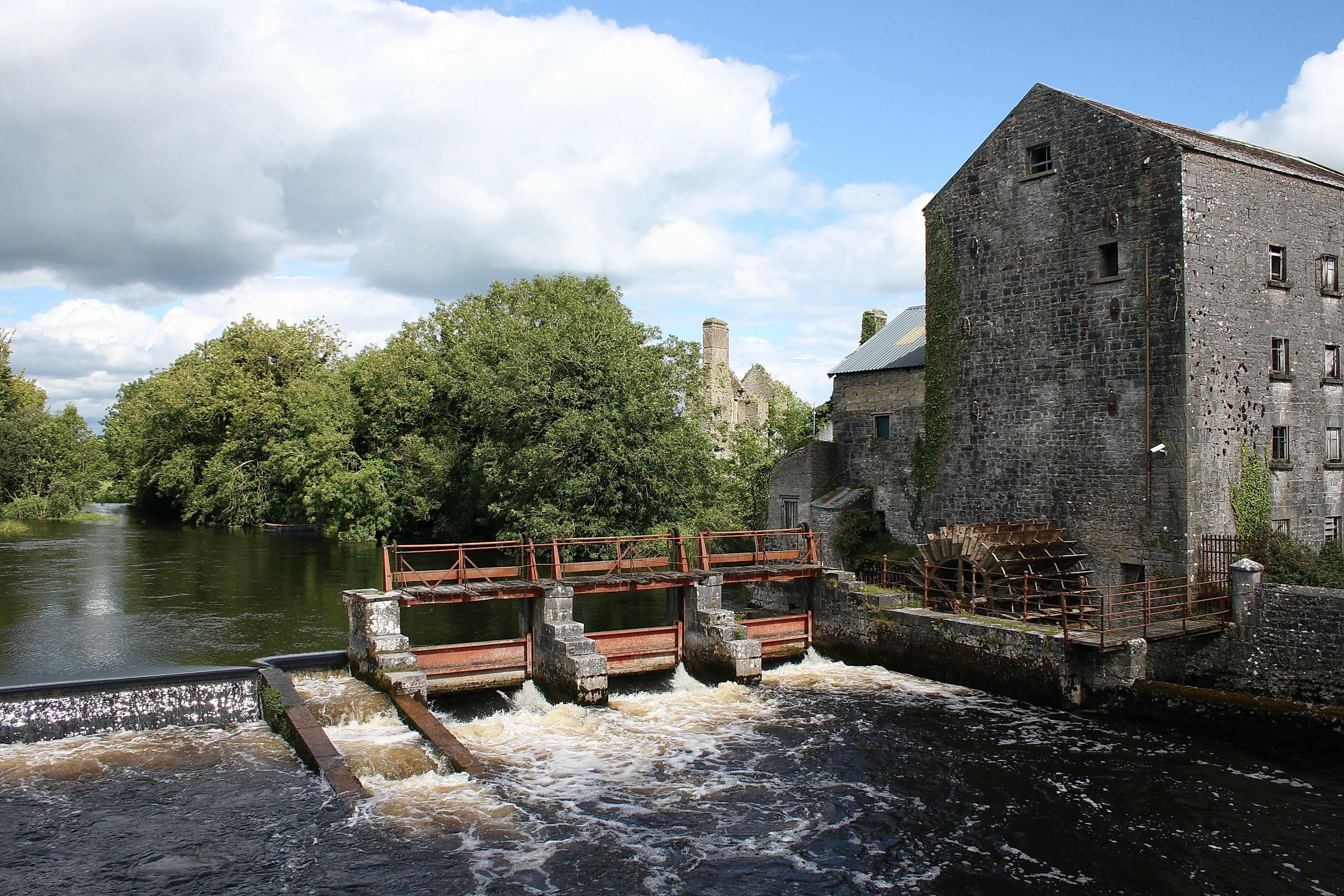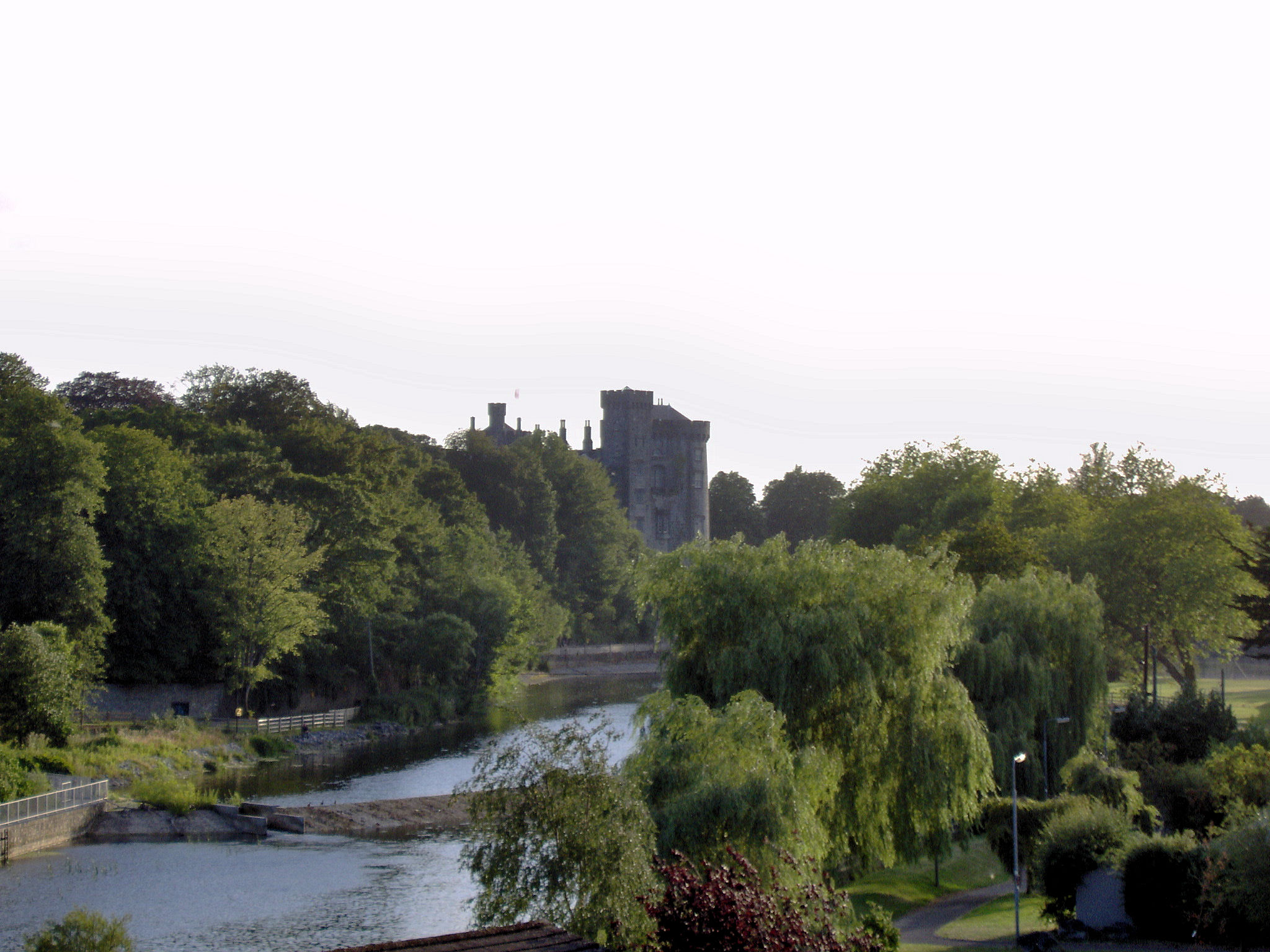|
Knockcroghery
Knockcroghery () is a village and townland in County Roscommon, Ireland. It is located on the N61 road (Ireland), N61 road between Athlone and Roscommon, Roscommon town, near Lough Ree on the River Shannon. The townland of Knockcroghery is in the civil parishes in Ireland, civil parish of Killinvoy and the barony (Ireland), historical barony of Athlone North. Knockcroghery developed as a largely linear settlement close to Galey Castle, a 14th century tower house overlooking Galey Bay. By the 18th century, the village comprised a number of small houses, shops, blacksmith, mill, church and a fair green. For a number of centuries, the village economy was focused on the making of Tobacco pipe#Clay, clay tobacco pipes, with eight kilns employing approximately 100 people by the 19th century. In the early 20th century, much of the village was destroyed in a reprisal attack by British forces during the Irish War of Independence, and a number of buildings in the village centre date from ... [...More Info...] [...Related Items...] OR: [Wikipedia] [Google] [Baidu] |
Charles Coote, 1st Earl Of Mountrath
Charles Coote, 1st Earl of Mountrath (c. 1610 – 17 December 1661) was an Anglo-Irish peer, the son of Sir Charles Coote, 1st Baronet, and Dorothea Cuffe, the former being an English veteran of the Battle of Kinsale (1601) who subsequently settled in Ireland. Irish Rebellion and Civil War The younger Coote became an MP for Leitrim in the Irish Parliament between 1634 and 1635 and again in 1640, a year before the outbreak of the Irish rebellion of 1641. The elder Charles Coote was active in the suppression of the Irish insurgents in 1642, launching attacks on Clontarf and County Wicklow in late 1641 in which many civilians died; he was killed in action defending Trim in May 1642. After the death of his father, Charles Coote also led some of the King's forces under Ormonde against the Confederate army, but was captured defending a stronghold in the Curragh of Kildare by an Irish army led by Castlehaven. He was released during the 1643 cessation of arms. At this time Coot ... [...More Info...] [...Related Items...] OR: [Wikipedia] [Google] [Baidu] |
N61 Road (Ireland)
The N61 road is a national secondary road in County Roscommon in Ireland, linking Athlone, Roscommon, Tulsk, and Boyle Boyle is an English, Irish and Scottish surname of Gaelic, Anglo-Saxon or Norman origin. In the northwest of Ireland it is one of the most common family names. Notable people with the surname include: Disambiguation *Adam Boyle (other), .... It also connects the N6, N63, N60, N5, and N4 national primary and national secondary roads, as well as seven regional roads.S.I. No. 53/2012 — Roads Act 1993 (Classification of National Roads) Order 2012 ''Irish Statute Book''. 2012-02-28. The road is long [...More Info...] [...Related Items...] OR: [Wikipedia] [Google] [Baidu] |
Athlone North
Athlone North (), also called North Athlone, is a barony in County Roscommon, Republic of Ireland. Baronies were mainly cadastral rather than administrative units. They acquired modest local taxation and spending functions in the 19th century before being superseded by the Local Government (Ireland) Act 1898. Etymology Athlone North is named after Athlone town; however, it does not actually contain that town, which is located in Brawny barony, County Westmeath. Geography Athlone North is located in the centre of County Roscommon, bounded by the River Shannon and Lough Ree to the east and the River Suck to the west. History It was originally a single barony with Athlone South; they were separated by 1868. Athlone barony was anciently ruled by the Ó Ceallaigh (O'Kellys), princes of Uí Maine. The Ó Fallúin (O'Fallons) were also a powerful family. It was created from the early medieval cantred of Tyrmany (Tír Maine), and by 1585 it was known as 'O'Kelly's Country'. By t ... [...More Info...] [...Related Items...] OR: [Wikipedia] [Google] [Baidu] |
County Roscommon
"Steadfast Irish heart" , image_map = Island of Ireland location map Roscommon.svg , subdivision_type = Country , subdivision_name = Ireland , subdivision_type1 = Province , subdivision_name1 = Connacht , subdivision_type2 = Regions of Ireland, Region , subdivision_name2 = Northern and Western Region, Northern and Western , seat_type = County town , seat = Roscommon , leader_title = Local government in the Republic of Ireland, Local authority , leader_name = Roscommon County Council, County Council , leader_title2 = Dáil constituencies , leader_title3 = European Parliament constituencies in the Republic of Ireland, EP constituency , leader_name2 = Roscommon–Galway (Dáil constituency), Roscommon–Galway Sligo–Leitrim (Dáil constituency), Sligo–Leitrim , leader_name3 = Midlands–North-West (European Parliament constituency), Midlands–North-West , ... [...More Info...] [...Related Items...] OR: [Wikipedia] [Google] [Baidu] |
Tower House
A tower house is a particular type of stone structure, built for defensive purposes as well as habitation. Tower houses began to appear in the Middle Ages, especially in mountainous or limited access areas, in order to command and defend strategic points with reduced forces. At the same time, they were also used as an aristocrat's residence, around which a castle town was often constructed. Europe After their initial appearance in Ireland, Scotland, the Stins, Frisian lands, Basque Country (greater region), Basque Country and England during the High Middle Ages, tower houses were also built in other parts of western Europe, especially in parts of France and Italy. In Italian medieval communes, urban ''palazzi'' with a very tall tower were increasingly built by the local highly competitive Patrician (post-Roman Europe), patrician families as power centres during times of internal strife. Most north Italian cities had a number of these by the end of the Middles Ages, but few no ... [...More Info...] [...Related Items...] OR: [Wikipedia] [Google] [Baidu] |
Cromwellian Conquest Of Ireland
The Cromwellian conquest of Ireland or Cromwellian war in Ireland (1649–1653) was the re-conquest of Ireland by the forces of the English Parliament, led by Oliver Cromwell, during the Wars of the Three Kingdoms. Cromwell invaded Ireland with the New Model Army on behalf of England's Rump Parliament in August 1649. Following the Irish Rebellion of 1641, most of Ireland came under the control of the Irish Catholic Confederation. In early 1649, the Confederates allied with the English Royalists, who had been defeated by the Parliamentarians in the English Civil War. By May 1652, Cromwell's Parliamentarian army had defeated the Confederate and Royalist coalition in Ireland and occupied the country, ending the Irish Confederate Wars (or Eleven Years' War). However, guerrilla warfare continued for a further year. Cromwell passed a series of Penal Laws against Roman Catholics (the vast majority of the population) and confiscated large amounts of their land. As punishment for ... [...More Info...] [...Related Items...] OR: [Wikipedia] [Google] [Baidu] |
Oliver Cromwell
Oliver Cromwell (25 April 15993 September 1658) was an English politician and military officer who is widely regarded as one of the most important statesmen in English history. He came to prominence during the 1639 to 1651 Wars of the Three Kingdoms, first as a senior commander in the Parliamentarian army and then as a politician. A leading advocate of the execution of Charles I in January 1649, which led to the establishment of the Republican Commonwealth of England, Scotland and Ireland, he ruled as Lord Protector from December 1653 until his death in September 1658. Cromwell nevertheless remains a deeply controversial figure in both Britain and Ireland, due to his use of the military to first acquire, then retain political power, and the brutality of his 1649 Irish campaign. Educated at Sidney Sussex College, Cambridge, Cromwell was elected MP for Huntingdon in 1628, but the first 40 years of his life were undistinguished and at one point he contemplated emigration to ... [...More Info...] [...Related Items...] OR: [Wikipedia] [Google] [Baidu] |
Galey Castle Ruin With Stairs, Doorways And Windows Visible
Galey (; oc, Galèi) is a commune in the Ariège department in southwestern France. Population See also *Communes of the Ariège department The following is a list of the 327 Communes of France, communes of the Ariège (department), Ariège Departments of France, department of France. The communes cooperate in the following Communes of France#Intercommunality, intercommunalities (a ... References Communes of Ariège (department) Ariège communes articles needing translation from French Wikipedia {{Ariège-geo-stub ... [...More Info...] [...Related Items...] OR: [Wikipedia] [Google] [Baidu] |
2016 Census Of Ireland
''Census 2016'' in the Republic of Ireland was held on Sunday, 24 April 2016, to administer a national census. It was organised by the Central Statistics Office (CSO) and reported a total population of 4,761,865, or a 3.8% increase since the prior 2011 census. This was the lowest recorded population growth rate since the 1991 census, with the decline in population growth rates attributed to both lower birth rates and lower net migration. The census results were released gradually between April and December 2017 in a series of reports organised either as summaries or in-depth results of specific themes, like age, ethnicity, or religion. Another census was due to take place in April 2021, but was delayed for one year due to the COVID-19 pandemic. Background Although Irish law does not prescribe a regular interval for administering censuses, ''Census 2016'' was held in accordance with Irish government tradition since 1951 to administer a census on a Sunday in April on years ending ... [...More Info...] [...Related Items...] OR: [Wikipedia] [Google] [Baidu] |
Ballinasloe
Ballinasloe ( ; ) is a town in the easternmost part of County Galway in Connacht. Located at an ancient crossing point on the River Suck, evidence of ancient settlement in the area includes a number of Bronze Age sites. Built around a 12th-century castle, which defended the fording point, the modern town of Ballinasloe was "founded" in the early 13th century. As of the 2016 census, it was one of the largest towns in County Galway, with a population of 6,662 people. History The town developed as a crossing point on the River Suck, a tributary of the Shannon. The Irish placename – meaning the ''mouth of the ford of the crowds'' – reflects this purpose. The patron saint of Ballinasloe is Saint Grellan, whom tradition believes built the first church in the area. A local housing estate, a GAA club, the branch of Conradh na Gaeilge, and formerly a school are named after him. While there is evidence of more ancient settlement in the area (including crannog and ringfort si ... [...More Info...] [...Related Items...] OR: [Wikipedia] [Google] [Baidu] |
Longford Town
Longford () is the county town of County Longford in Ireland. It has a population of 10,008 according to the 2016 census. It is the biggest town in the county and about one third of the county's population lives there. Longford lies at the meeting of Ireland's N4 and N5 National Primary Route roads, which means that traffic travelling between Dublin and County Mayo, or north County Roscommon passes around the town. Longford railway station, on the Dublin-Sligo line, is used heavily by commuters. History The town is built at a fording point on the banks of the River Camlin (), which is a tributary of the River Shannon. According to several sources, the name Longford is an Anglicization of the Irish , referring to a fortress or fortified house. The area came under the sway of the local clan which controlled the south and middle of the County of Longford (historically called or ) and hence, the town was known as (fort/stronghold of O'Farrell). A Dominican priory was founded ... [...More Info...] [...Related Items...] OR: [Wikipedia] [Google] [Baidu] |
Commuter Village
A commuter town is a populated area that is primarily residential rather than commercial or industrial. Routine travel from home to work and back is called commuting, which is where the term comes from. A commuter town may be called by many other terms: "bedroom community" (Canada and northeastern US), "bedroom town", "bedroom suburb" (US), "dormitory town", or "dormitory suburb" (Britain/Commonwealth/Ireland). In Japan, a commuter town may be referred to by the '' wasei-eigo'' coinage . The term " exurb" was used from the 1950s, but since 2006, is generally used for areas beyond suburbs and specifically less densely built than the suburbs to which the exurbs' residents commute. Causes Often commuter towns form when workers in a region cannot afford to live where they work and must seek residency in another town with a lower cost of living. The late 20th century, the dot-com bubble and United States housing bubble drove housing costs in Californian metropolitan areas to ... [...More Info...] [...Related Items...] OR: [Wikipedia] [Google] [Baidu] |








